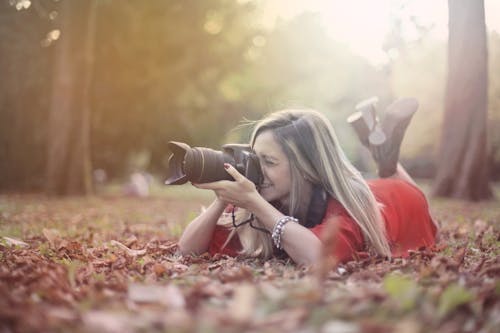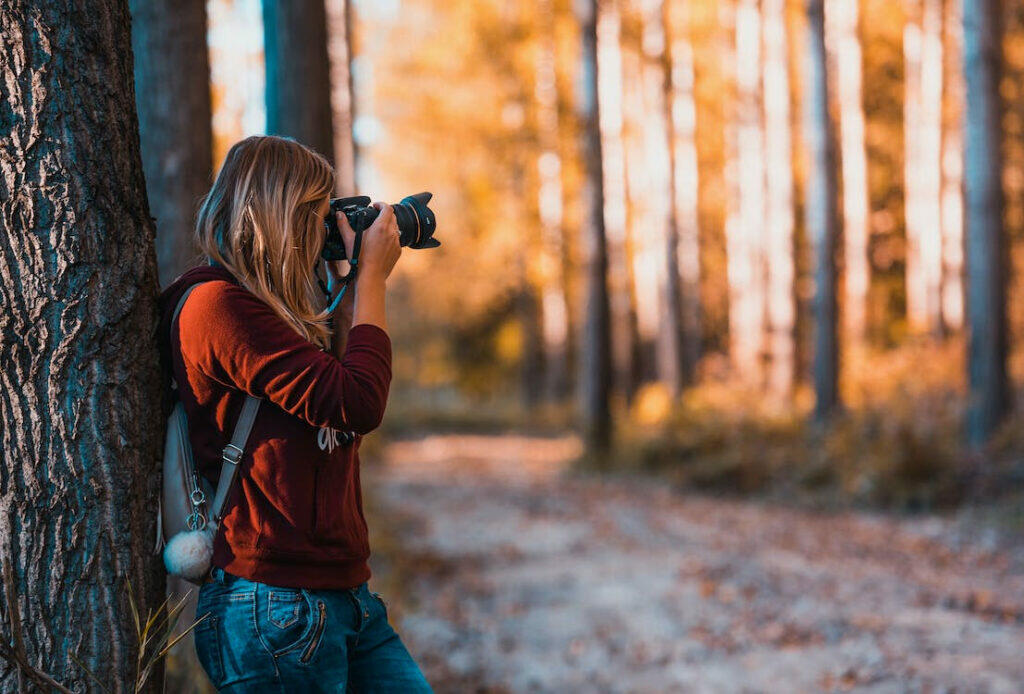Light is one of the most essential elements in photography. Whether you want stunning portrait photography, beautiful landscapes, or simply to improve your smartphone photography skills, understanding how to use natural light can make all the difference. With this beginner’s guide to natural light photography, you’ll have everything you need to know about natural light photography. Read on to know more about how much light you need for the best natural light photography.


Table of Contents
- What is natural light?
- What are the Different Types of Natural Light?
- Characteristics and Behaviours of Natural Light
- Natural Light Photography Tips
- Hire A Trusted Photographer
What is natural light?
Natural light refers to the light present in the environment, such as direct sunlight, moonlight, golden hour, midday sun and more. On the other hand, artificial light sources are direct light emitted from lamps, flash, street lights, electric lights, or studio lights.
Natural light is the light source that professional photographers use most often and is crucial in determining the mood, atmosphere, and aesthetic of a photo. Understanding how to harness and manipulate good natural lighting is a key aspect of photography and can make for great photos.
What Are The Different Types Of Natural Light Sources?
There are several different types of natural light sources, each with its own unique properties and effects on a photo. Some of the most common types include:
- Direct sunlight: Bright, intense light that casts harsh shadows and creates strong contrast in a photo.
- Soft light: Diffused lighting that provides even illumination that reduces harsh shadows and creates a warm glow.
- Backlight: Light that shines from behind the subject, creating a rim or halo effect with warmer light and a soft glow.
- Side lighting: Side lighting illuminates a subject from the side, creating depth and highlighting texture.
- Natural window light: Light coming through a window, providing smooth, directional light with soft shadows – the perfect natural light indoors.
- Twilight or Golden hour: The soft, magical, warm light that occurs just before the sun rises and just after the sun sets.


Each type of natural light source has its unique properties and can be used to create different ambient light and effects in a photo. Because the weather affects light and lighting conditions vary in natural lighting photography, it is important to know how to use each type of natural light source.
Characteristics And Behaviours Of Natural Light In Photography
Natural light has several distinct characteristics and behaviours that can greatly impact a photo. Some of the most notable include:
- Direction: Natural light can come from various directions determining mild shadows or harsh ones, along with the strength of the highlights in a photo.
- Light intensity: Natural light can range from being soft and diffused to being bright and intense, which determines the exposure and overall brightness of a photo.
- Colour temperatures: Natural light can range from warm and orange to cool and blue, depending on the time of day and the weather, and these colour temperatures determine the overall colour cast of a photo.
- Light quality: Natural light can be either hard or soft light, depending on the size of the light source and the presence of any diffusing elements like cloudy skies or window glass.
- Movement: Natural light is constantly changing throughout the day depending on the weather and the time of year. Photographers must be aware of the changes in natural light and be ready to adjust their camera settings accordingly. This is particularly important if you want to create outdoor portraits.
By understanding the characteristics and behaviours of natural light, photographers can produce equally interesting photos as they would with artificial lighting. This knowledge is key for natural lighting photography, whether you want indoor photography or outdoor photography.
Natural Light Photography Tips
Here are some natural light photography tips to get you started:
- Timing is everything: Because light changes throughout the day, choose the right time to shoot for the perfect light intensity in your photos.
- Know your light source: Pay attention to where the light is coming from and use it to your advantage.
- Use reflectors: Reflectors can help bounce light or reflect light back onto your subject and fill it with reflected light, perfect for creating outdoor portraits.
- Experiment with window light: Light created by window light provides soft, even illumination that is perfect for portrait photography.
- Take advantage of natural light: Use natural light to create mood and atmosphere in your photos. For example, the golden hour or even the evening light after the sun sets can add a warm, romantic feel to portrait photography.
- Use a tripod: When shooting in low light, use a tripod to keep your camera steady and prevent camera shake.
- Adjust your white balance: Natural light can change throughout the day, so be sure to adjust your white balance as needed to maintain accurate colour in your photos.
Hire A Trusted Photographer


Natural light photography can be tricky, and it is best left to experts like the team at Faithful Photography. Considered to be one of Australia’s leading professional photography services, we specialise in capturing precious moments and creating timeless memories. We offer the best natural light photography sessions at affordable rates. Book your next photo session by calling us at 1300 907 115 or visiting: faithfulphotography.com.au/.
FAQ
Q1. What are suitable lighting conditions for nighttime photography and street photography?
Ans: Nighttime photography and street photography require a delicate balance of light and shadows. The ideal lighting conditions include low-light situations with interesting light sources such as street lamps, headlights, and neon signs.
Q2. What is the difference between artificial light photography and natural light photography?
Ans: Artificial light photography involves using sources of light that are created by man, such as studio lights or flash. Only natural light photography, on the other hand, uses the light that is naturally available, such as sunlight, moonlight, and candlelight.
Q3. How to use overcast lighting on an overcast day?
Ans: Overcast lighting on an overcast day can provide a soft and even light that is perfect for outdoor photography. To make the most of this type of this lighting, try shooting in open shade, such as under a tree or building overhang, to avoid harsh light or shadows and create a well-lit scene.

